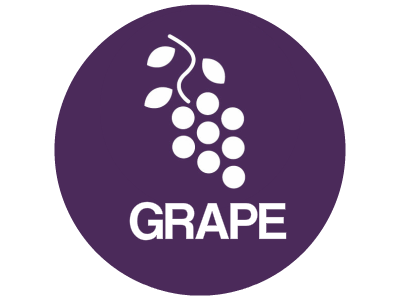Second event. Later this morning, my team and I are meeting with a new client to help them articulate the value proposition of their service. In order to launch their marketing campaign, we need to be able to explain what’s in it for their potential customers. Walking a client through this exercise is always a tricky maneuver, because the value of what they make or do is so obvious—to them. Most of us have a hard time explaining why our business is unique because we see ourselves as unique. After all, our mothers told us we were special, and we can’t understand why other people don’t understand that.
Anyway, these two events have me thinking about the value proposition of free samples. There are, I think, two branding lessons we can extract from a free cocktail weenie.
First, the person giving away free samples sweetens the deal for their brand. One of the reasons my wife and I go to Sam’s Club every couple of weeks to get staple items is that we get a free lunch, or at least a free cocktail party, thrown in. Free samples is a time-tested way to stack the value proposition in any transaction in retail or B2B merchandising. Of course, the consumer has to ignore that the cost of the sample is built into the deal, so it’s not really free. But almost every business finds a way to pull off this slight-of-hand, and consumers are usually willing to shrug and go along if the illusion is pulled off with any reasonable artfulness.
The second lesson is less obvious, but just as important. While free samples make the make the grocery store’s brand proposition, they have almost no effect for the brand of the free sample product. On Saturday, I got a two bites of a frozen key lime pie. I can’t tell you what brand of pie. In fact, I don’t really care. It was OK, but because it cost me nothing I wasn’t invested in the experience. A critical element in any branding exercise ought to be articulating what that brand costs the consumer. Almost daily, I hear entrepreneurs say that their product or service is so amazing that it has no down side for the client. This widget is simply wonderful! But everything involves some cost beyond the purchase price. It might require change (which can be intangibly expensive), opportunity cost (if I take the right turn I can’t take the left), or additional commitments (if I buy the green sofa, I need to go all in and redecorate the whole room).
I find that clients rarely want to talk about the implicit costs of their brand. They think that makes the deal harder to sell. It certainly means that we have to work harder articulating the value proposition. But those increased stakes make the value proposition real. It provides a real choice, and it opens the possibility of real dialogue through the marketing and sales cycle. A brand that doesn’t ask the consumer to put any skin in the game is just a free weenie on a toothpick. If that’s your brand identity, don’t be surprised if people smile, wave, and push their carts past you.
|
Greg is the founder and chief creative officer of Black Lake Studio (www.blacklakestudio.com). He is also a writer and speaker, working in a variety of non-fiction and fiction genres, and frequently collaborates with other authors. You can read and learn more at his site, SmithGreg.com. (www.smithgreg.com).
|
